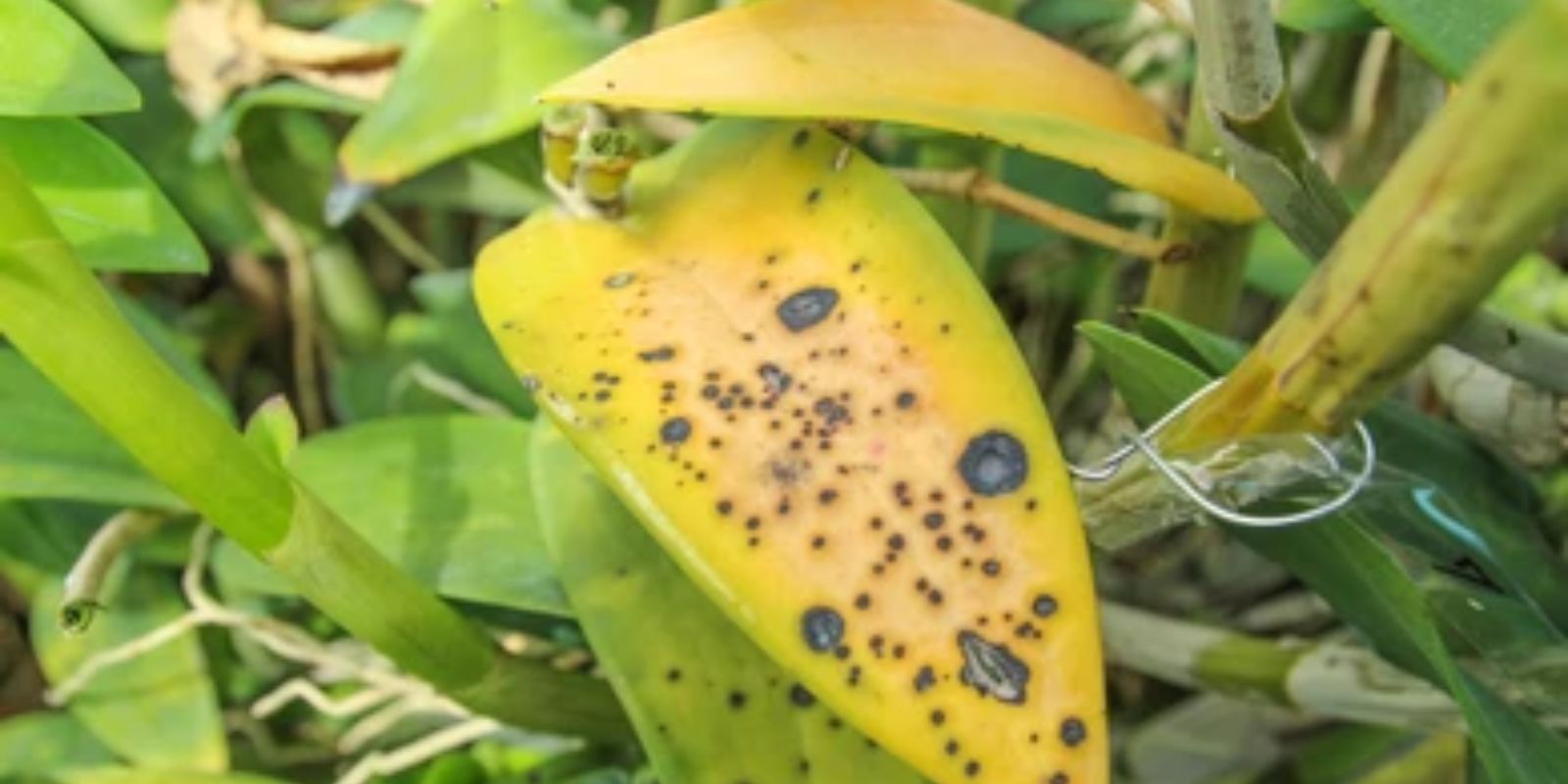Orchids are celebrated for their stunning and diverse blooms, but they are also known for their sensitivity to various diseases and pests. Proper diagnosis and timely treatment are essential to keep these beautiful plants thriving. This comprehensive guide will help you identify common orchid diseases, understand their causes, and implement effective treatments to ensure your orchids remain healthy and vibrant.
Understanding Orchid Diseases
Orchids are prone to several diseases, primarily fungal, bacterial, and viral in nature. Each type of disease manifests differently, and early detection is crucial for successful treatment. Here’s a detailed look at how to diagnose and treat these common issues.
1. Identifying Common Symptoms
Yellowing Leaves: Yellow leaves can indicate several issues, including overwatering, nutrient deficiencies, or diseases. In orchids, it often points to root problems or poor drainage.
Black Spots: Black or dark spots on leaves or flowers typically signify fungal infections or bacterial diseases. These spots may also be accompanied by wilting or a mushy texture.
Soft or Rotting Roots: Root rot is usually caused by overwatering or poor soil drainage. Soft, brown, or black roots that emit a foul odor are clear indicators of this problem.
Unusual Growth Patterns: Stunted growth, deformed leaves, or abnormal flower development can be signs of viral infections or nutrient imbalances.
2. Checking for Pests
Aphids: These tiny, soft-bodied insects can be found on flower spikes and leaf axils. They suck sap from the plant, leading to stunted growth and distorted flowers.
Spider Mites: These minuscule pests often cause a stippled appearance on leaves and a fine webbing. They thrive in dry conditions and can severely damage orchids.
Scale Insects: Scale insects appear as small, hard bumps on stems and leaves. They feed on plant sap and can lead to weakening of the plant.
How to Inspect for Pests:
- Use a Magnifying Glass: For accurate detection of small pests like spider mites, a magnifying glass or jeweler’s loupe is helpful.
- Check Undersides of Leaves: Many pests, including aphids and scale insects, hide on the undersides of leaves. Regular inspection is key.
- Look for Webbing or Sticky Residue: Signs of spider mites include webbing, while sticky residue may indicate aphid activity.
3. Improving Air Circulation
Good air circulation helps prevent fungal and bacterial infections by reducing humidity and promoting faster drying of wet surfaces.
How to Enhance Air Circulation:
- Avoid Overcrowding: Ensure adequate space between your orchids to allow for proper airflow. Overcrowding can create a humid microenvironment conducive to disease.
- Use Fans: Small, oscillating fans can improve air movement around your plants, especially in indoor settings.
- Prune for Ventilation: Regularly trim any excess foliage or dead parts to enhance airflow and reduce humidity around the plant.
4. Adjusting Watering Practices
Overwatering: One of the most common issues leading to orchid diseases is overwatering. Orchids prefer to dry out between waterings, and excess moisture can lead to root rot and fungal infections.
Underwatering: Conversely, underwatering can cause dehydration and stress, making orchids more susceptible to pests and diseases.
Tips for Proper Watering:
- Check Moisture Levels: Use a moisture meter or your finger to gauge the soil’s moisture. Water only when the top inch of soil feels dry.
- Water Thoroughly: Ensure that water reaches the roots and drains out of the pot to avoid waterlogging.
- Use Well-Draining Media: Plant orchids in well-draining potting media, such as bark or sphagnum moss, to facilitate proper drainage.
5. Applying Treatments
Fungal Infections:
- Symptoms: Powdery mildew, downy mildew, and black rot are common fungal issues. Symptoms include white powdery spots, fuzzy growth, and dark lesions.
- Treatment: Use a fungicide specifically formulated for orchids. Remove affected parts of the plant and improve air circulation to prevent recurrence.
Bacterial Diseases:
- Symptoms: Bacterial infections often present as water-soaked spots, soft rot, or foul-smelling lesions.
- Treatment: Remove and discard affected plant parts. Use a bactericide and ensure proper sanitation of tools and growing environments.
Viral Infections:
- Symptoms: Viral infections can cause mottling, streaking, or deformation of leaves and flowers. They are often harder to treat and can spread quickly.
- Treatment: There is no cure for viral infections. Remove and dispose of infected plants to prevent the virus from spreading to healthy plants.
Pest Control:
- Chemical Treatments: Use insecticidal soap or neem oil for pests like aphids and spider mites. Follow the manufacturer’s instructions for application.
- Physical Removal: For small infestations, physically removing pests using a cotton swab dipped in alcohol can be effective.
- Introduce Beneficial Insects: Predatory insects, such as ladybugs, can help control aphid populations naturally.
Preventative Measures
Regular Inspections: Routinely check your orchids for signs of disease and pests. Early detection is key to managing problems before they become severe.
Sanitize Tools: Clean and disinfect pruning shears and other tools to prevent the spread of diseases.
Maintain Proper Environment: Ensure your orchids are grown in suitable conditions with adequate light, temperature, and humidity. This helps reduce stress and susceptibility to diseases.
Use High-Quality Potting Mix: A good potting mix supports healthy root development and reduces the risk of root rot.
Conclusion
Caring for orchids involves a combination of observation, preventative measures, and timely interventions. By understanding common orchid diseases, inspecting for pests, improving air circulation, adjusting watering practices, and applying appropriate treatments, you can keep your orchids healthy and blooming beautifully. Regular maintenance and attention to detail will ensure your orchids continue to be a stunning centerpiece in your garden or home.
Motivational Sentence: Keep your orchids thriving with these essential disease management tips—your blooms will thank you! 🌸🔍 #OrchidCare #PlantHealth #GardeningTips #OrchidDiseases #HealthyPlants #GreenThumb #GardenSolutions

